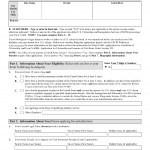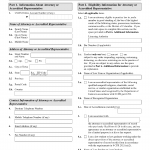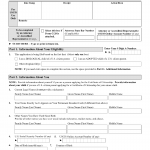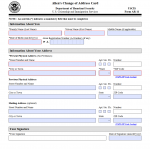Form I-751. Petition to Remove Conditions on Residence
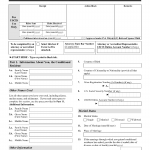
Form I-751, Petition to Remove Conditions on Residence, is a form used by conditional permanent residents to request the removal of conditions on their residency. The main purpose of the form is to allow permanent residents who obtained their status through marriage to apply for permanent residency status without the need for their spouse's involvement. It is important to note that the form must be filed within 90 days of the expiration date on the conditional resident card.


